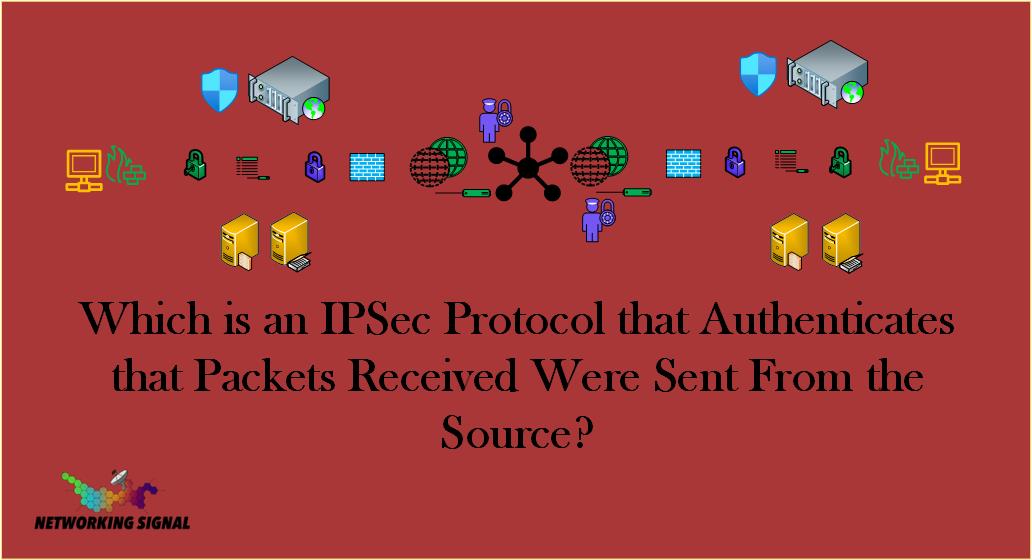Which is an IPSec Protocol that Authenticates that Packets Received Were Sent From the Source?
The Internet Protocol Security (IPsec) protocol is a set of security protocols used to secure communications over IP networks. It authenticates that packets received were sent from the source, using an authentication header (AH) protocol. AH provides source authentication and integrity protection for IP datagrams but does not provide confidentiality protection.
The Encapsulating Security Payload (ESP) protocol provides authentication, integrity, and confidentiality protection. It can be used alone or in combination with AH. ESP is typically used in conjunction with AH to provide both authentication and encryption services.
What is the Role of AH in Network Security?
The AH protocol authenticates the source of each IP datagram, ensuring that packets have come from a trusted source. It prevents data tampering by verifying the integrity of each Packet, and it also ensures that someone outside the network cannot intercept or change data while in transit. By providing these basic security measures, AH helps to protect networks from malicious attacks.
Also, AH can be used with other protocols to provide data confidentiality. When used in conjunction with the ESP protocol, it provides a secure tunnel between two endpoints that ensures the privacy of all IP traffic passing through it. This makes AH an important component of any network security system.
What If We Do Not Use AH Protocol?
If AH protocol is not used, then there is no authentication or integrity protection for IP datagrams and data can be tampered with en route. This leaves the network vulnerable to malicious attacks. Furthermore, without AH, confidentiality cannot be guaranteed as the data could be intercepted by an unauthorized party. Therefore it is essential to use both AH and ESP protocols in order to ensure the security of IP networks.

